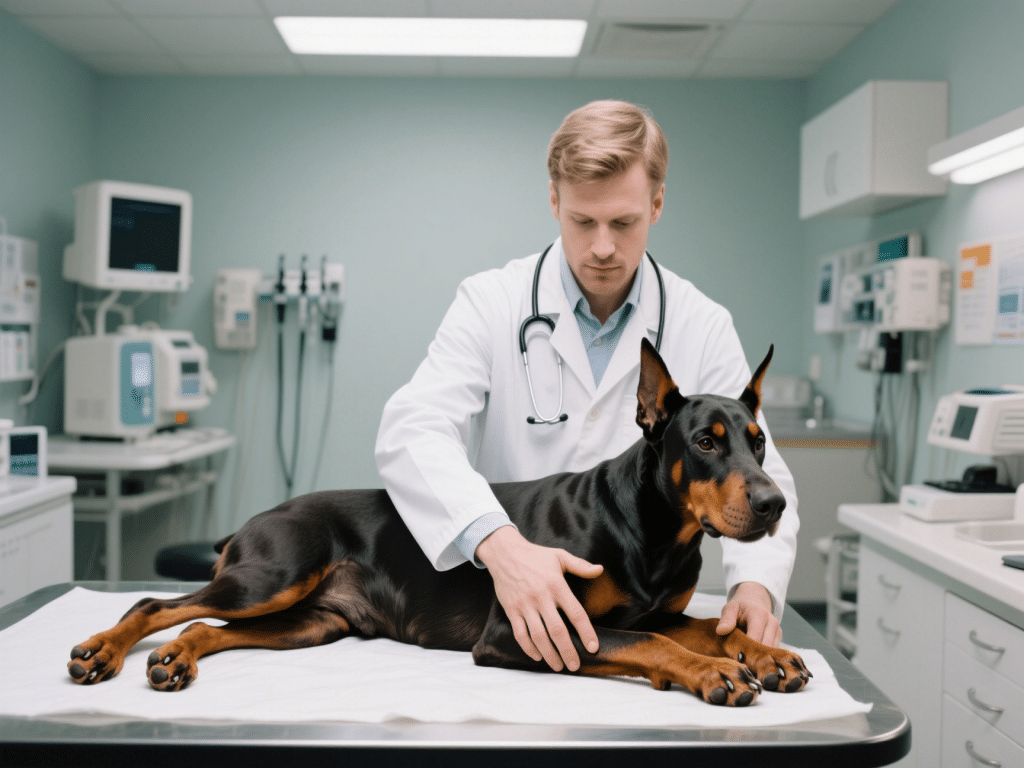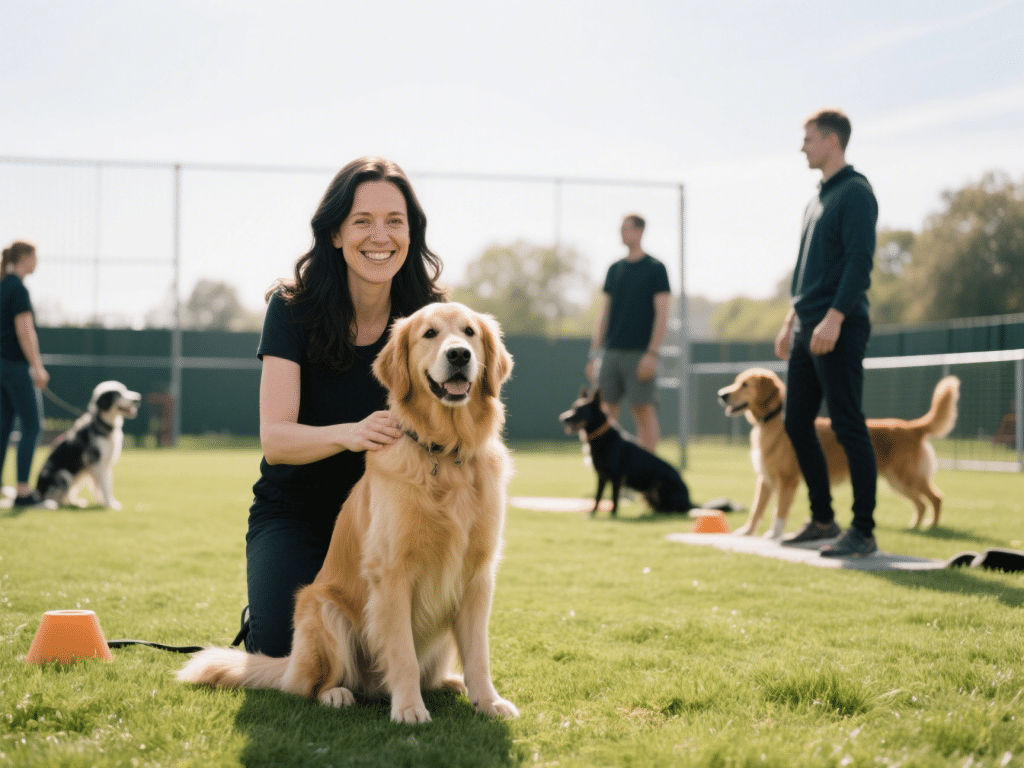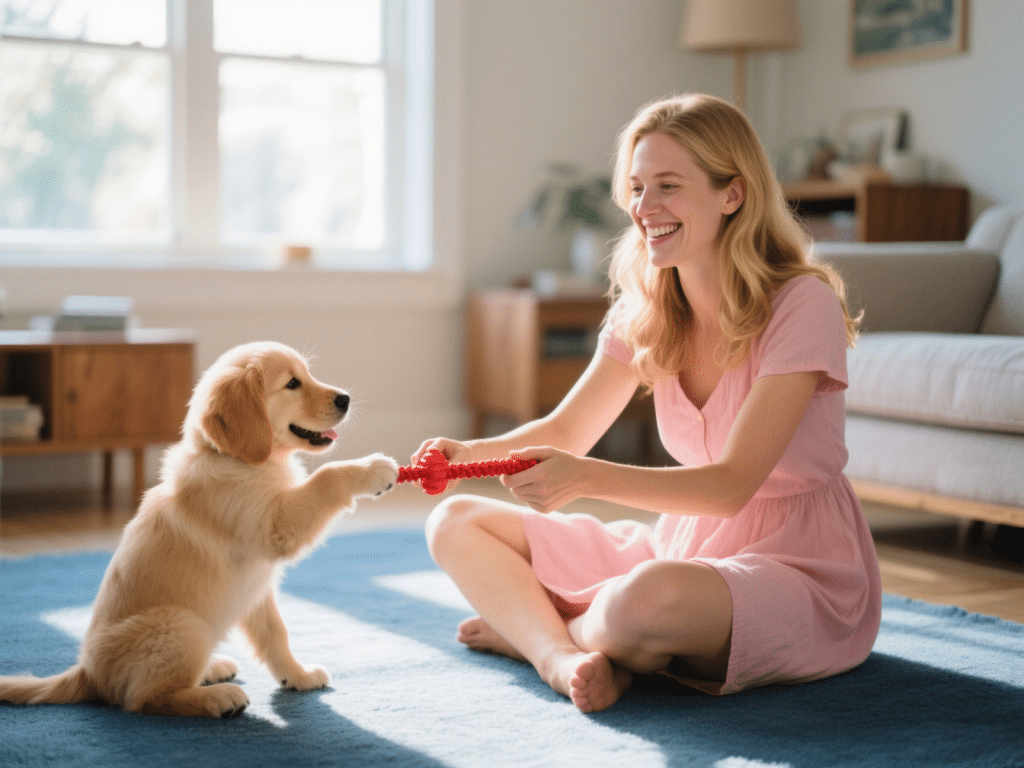Introduction
Dogs cannot verbalize discomfort, so they often mask pain to appear functional. Recognizing subtle signs early—changes in behavior, posture, or daily routines—helps you seek timely veterinary care and prevent further suffering.
Behavioral Indicators
Changes in Activity Level
Decreased interest in walks, play, or usual activities. Your dog may linger at the door without wanting to go out or drag its feet once outside.
Altered Posture & Movement
Stiffness or Limping: After resting, limping or difficulty rising indicates joint pain or muscle injury.
Hunched Back or Guarded Gait: May signal back pain or abdominal discomfort.
Shaking or Trembling: Not always due to cold—could indicate pain, especially if localized (e.g., limb shaking).
Behavioral Changes & Irritability
Growling, snapping, or snapping when touched in certain areas (e.g., flanks, limbs, hips).
Uncharacteristic aggression or avoidance when approached, especially in sensitive areas like paws, tail, or spine.
Increased clinginess or excessive whimpering, particularly at rest.
Physical & Environmental Signs
Changes in Eating & Drinking
Decreased appetite or reluctance to chew hard foods may indicate dental pain or oral discomfort.
Increased thirst and urination can accompany conditions like kidney disease but may also signal systemic pain or inflammation.
Grooming & Licking
Excessive licking, biting, or chewing at a specific spot (skin, paw, joint) often indicates localized pain, infection, or inflammation.
Matted or unkempt fur in older dogs may reflect difficulty grooming due to arthritis.
Body Temperature & Respiratory Changes
Elevated body temperature with signs of restlessness could indicate fever or inflammation.
Rapid or shallow breathing at rest—dogs often alter breathing patterns when experiencing pain.
Common Sources of Canine Pain
Arthritis & Joint Diseases: Especially in senior dogs or large breeds—hip dysplasia, osteoarthritis.
Injuries & Trauma: Sprains, fractures, or soft tissue injuries from accidents or rough play.
Dental Issues: Periodontal disease, tooth fractures, or oral abscesses leading to significant discomfort.
Internal Conditions: Pancreatitis, gastrointestinal blockages, kidney or liver disease can cause visceral pain.
Neurological Disorders: Intervertebral disc disease, nerve compression, or spinal injury manifest as back pain and hind limb weakness.
What You Can Do at Home
Observe & Document
Keep a pain diary: Note when limping occurs, what activities trigger discomfort, and any behavioral changes.
Photograph or video your dog’s movements to show the veterinarian, providing concrete evidence.
Comfort Measures
Provide orthotic or supportive beds with firm foam to cushion aching joints.
Use non-slip rugs or mats on slippery floors to help with mobility.
Gently massage affected limbs or apply warm compresses for 5–10 minutes to soothe stiff joints (avoid warm compresses if swelling is present; instead use cold packs).
Weight Management & Gentle Exercise
Maintain an ideal body weight to reduce joint stress.
Introduce low-impact exercises—short leash walks, swimming, or controlled play sessions—to strengthen muscles without overtaxing painful areas.
Over-the-Counter Options
Glucosamine & Chondroitin Supplements: Support joint health; take under veterinary guidance.
Omega-3 Fatty Acids: Anti-inflammatory properties help reduce discomfort in joint disease.
Pain Relief Medications: Only administer veterinarian-prescribed NSAIDs or analgesics; human painkillers (e.g., ibuprofen, acetaminophen) can be toxic to dogs.
When to See a Veterinarian
Persistent limping or stiffness lasting more than 48 hours.
Visible swelling, heat, or severe pain when touched.
Difficulty rising, climbing stairs, or reluctance to jump in and out of cars.
Sudden changes in appetite, water intake, or elimination habits.
Any signs of aggression or fear when touched in normally non-sensitive areas.
Conclusion
Detecting subtle signs of pain in dogs—changes in activity, posture, grooming, or appetite—enables early intervention and improves outcomes. By providing comfort, maintaining ideal weight, and seeking prompt veterinary care when needed, you’ll help your dog live a happier, more comfortable life.










Comments on " The Quiet Signs Your Dog Might Be in Pain" :